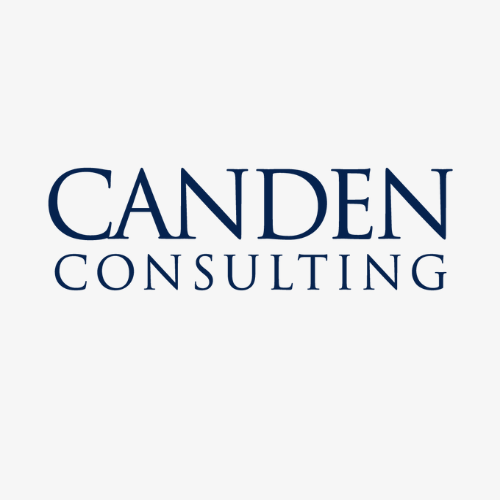
As an equity diversity and inclusion specialist I have taught various courses over the past twenty years and observed that many of the participants held unique perspectives about the term diversity that needs to be de-mystified.
Myth #1: Diversity means ethnic diversity.
There are three levels of diversity: Inherent, acquired and thought. Inherent diversity involves traits you are born with, such as gender, ethnicity, and sexual orientation. Acquired diversity involves traits you gain from experience. To put it in more simple term diversity is the range of human difference such as age, socioeconomic background, gender, race, sexual orientation, ethnicity, ancestry, disability, religion, and physical characteristics. Each person has layers of diversity which makes their perspective unique. Although individuals may share a common factor, such as age, their identities (who they are) differ given their gender, ethnicity, socioeconomic background, and so forth. Certain characteristics such as skin colour might be obvious; however certain elements are invisible such as religion, culture and sexual orientation.
Myth #2: Diversity means hiring employees based on the Employment Equity Act (a quota system) set out by the Federal Government.
The Employment Equity Act is federal legislation, and as such, applies only to a narrow group of industries that are federally regulated under the Canadian constitution: banks, broadcasters, telecommunication companies, railroads, airlines, private businesses necessary to the operation of a federal act, maritime transportation companies, and federal crown corporations.
Myth #3: Diversity means hiring a less qualified person (lowering standards).
Sometimes, the workforce is not reflective of the population. Equity, Diversity and Inclusion (EDI) initiatives assist with identifying structured barriers that prevents qualified candidates from applying. For example, does an applicant really need a Canadian high school diploma or university degree to do the job? Removing structured barriers does not mean lowering standards but rather levelling the playing field so that all qualified applicants have an equal opportunity to secure a job. At the same time employers are not obligated to hire or promote unqualified individuals.
Myth #4: All human beings are the same, and there is no need for diversity.
(In other words, I see no colour).
At the core we are all humans. We have material elements (skin, bone, cartridges, nerves, organs) and immaterial elements (emotions, feelings, spirit) and are equal. At the same time, it is widely understood that differences among human beings is a norm for example people are identified by various markers such as age, gender, race, sexual orientation, ethnicity, ancestry, disability, religion, or physical characteristics. Therefore, to deny a person’s identity is deny that people have different experiences.
Myth #5: Having to implement an inclusive and respectful workplace will add more tomy existing workload.
Diversity is not an ‘add on’ or an extra task if it is weaved through policies and practice. For example, embedding a universal design building code ensures the design and composition of an environment is accessed, understood and used to the greatest extent possible by all people, regardless of their age, size, ability or disability. Installing a large door ensures that the space is wheelchair accessible and also beneficial for seniors and mothers with young children
Myth #6: Incorporating diversity means having to exclude some people at the expense of others
Because differences are the norm, and no one is neither superior nor inferior to the other. Incorporating the range of differences is strength and exclusion runs counter to the principles of diversity and inclusion. Therefore, diversity includes the white, middle-class, able body and cis-gender male.
Myth #7: A diverse workforce will undoubtedly decrease the quality of work and the work environment.
A diverse workforce is strength as it creates a “think tank” of multiple perspectives which are key to addressing the range of differences that exist within the population based on age, socioeconomic background, gender, “race”, sexual orientation, ethnicity, ancestry, dis/ability, religion, or physical characteristics.

